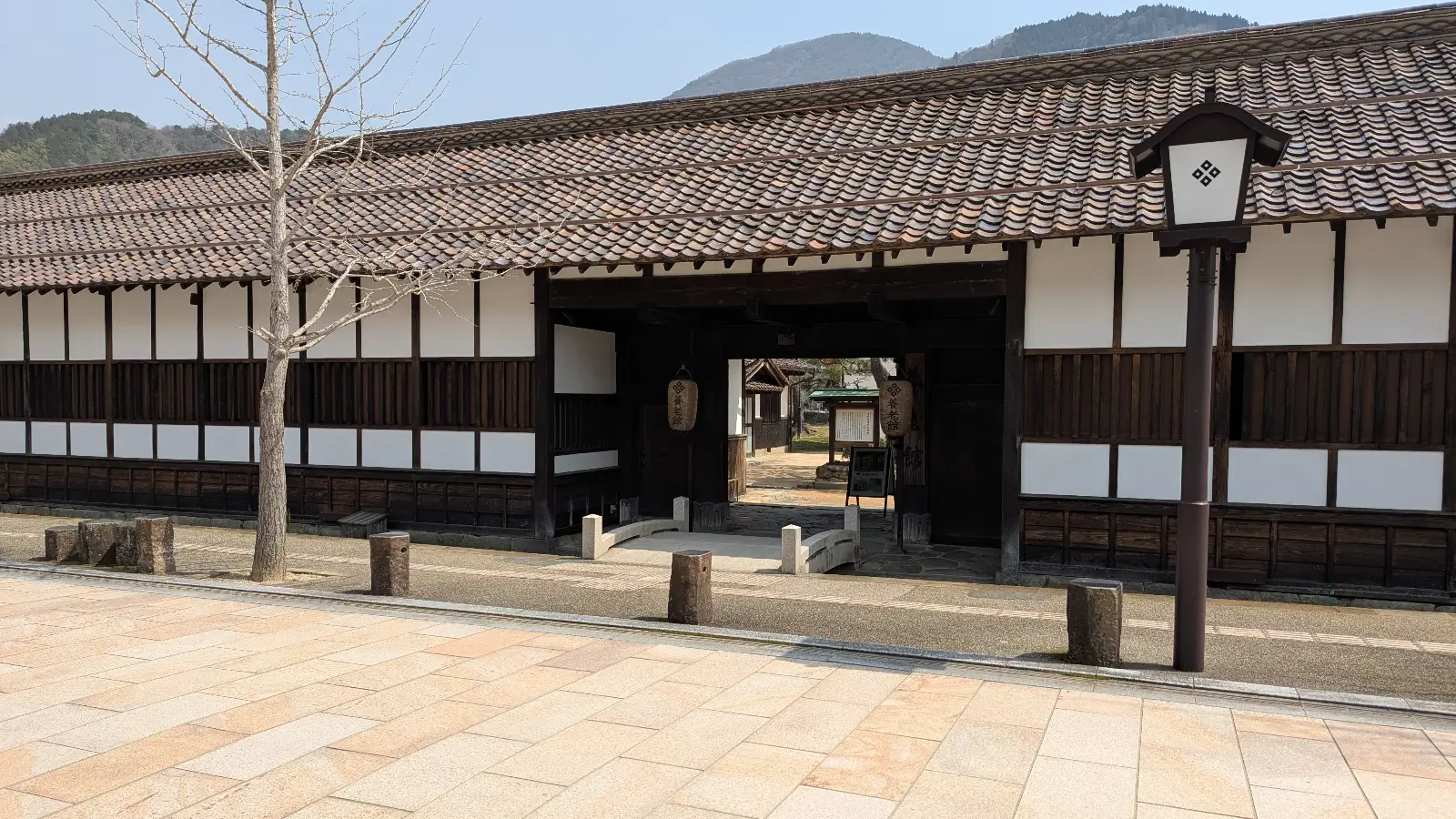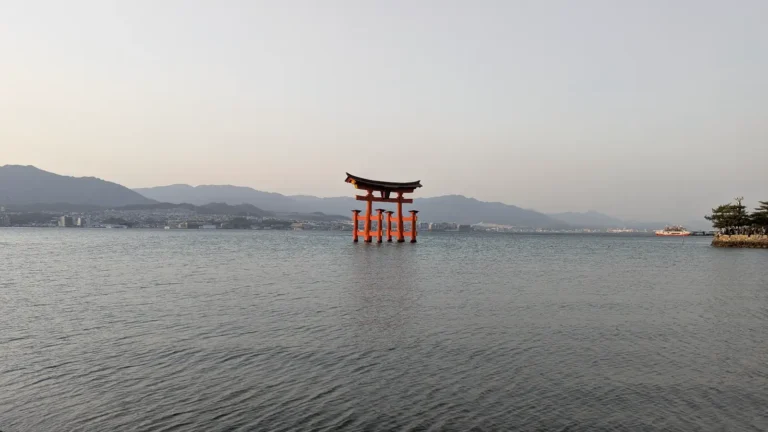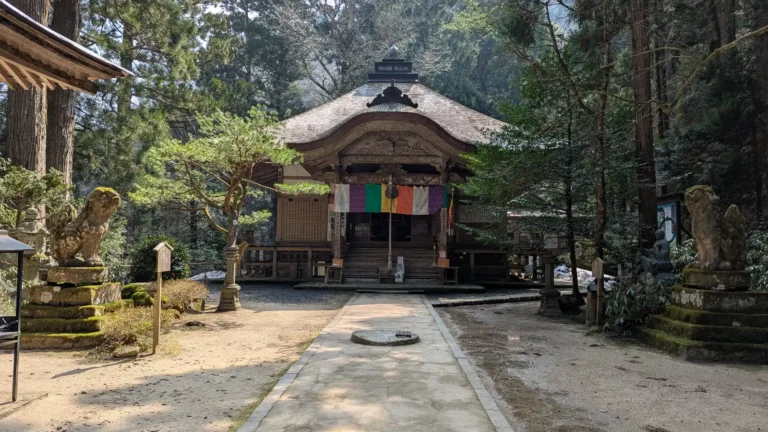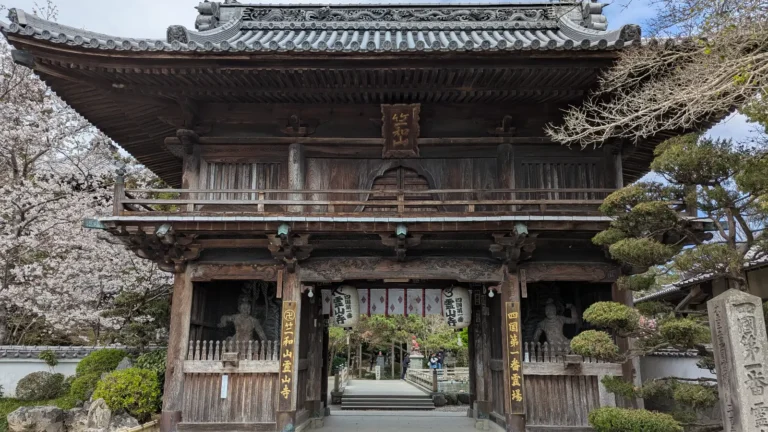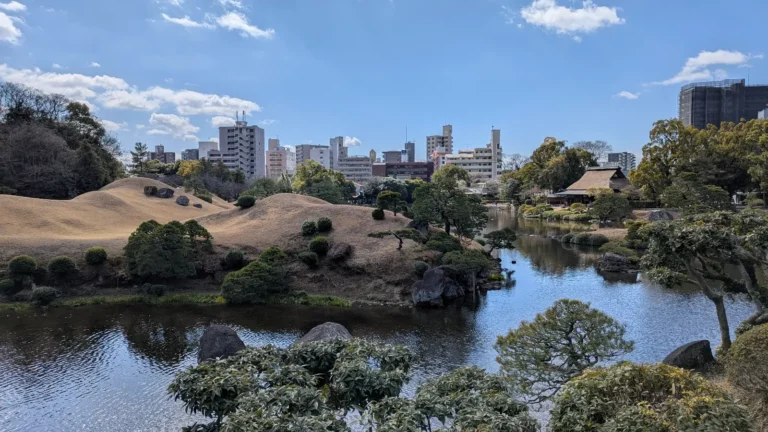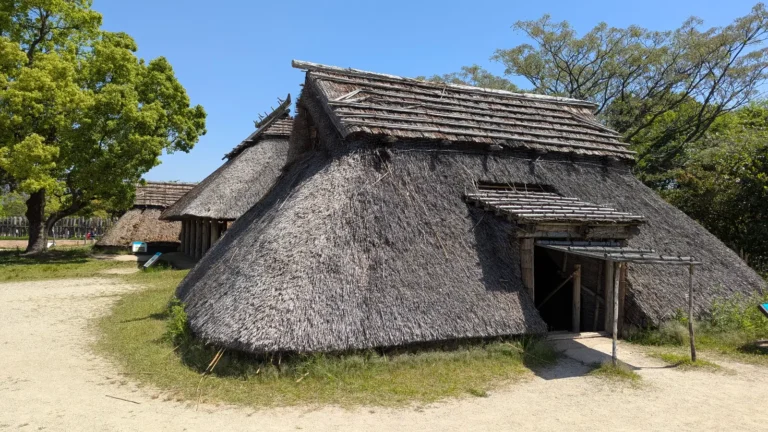Tsuwano: A JOTM Journey
Tsuwano doesn’t follow a single path. It branches.
One direction beckons you through vermillion gates that climb the mountain’s spine, each step lifting you higher into the mist.
Another winds deeper into the heart of a samurai town, where koi swim through ancient canals, their graceful movement undisturbed by time.
Higher still, a hidden trail leads to a small white chapel, its walls built not for grandness, but for remembrance.
In Tsuwano, the sacred comes in many forms: torii, stone, cross, and each one waits, not to be seen, but simply to be acknowledged.
Here, faith and memory do not shout. They breathe.
This is not a journey through sights, but through silence.
A walk through layers of devotion, loss, and endurance, told not through the grandeur of monuments, but in the quiet spaces between them.
It’s not the past you’re meant to find, but the weight of its silence, its stillness, that lingers in the air.
When we decided to explore Tsuwano, it was not to check off sights from a list, but to wander in search of something more elusive.
A feeling, a connection, a story waiting to be found beneath the surface of this quiet town.
Select links in this guide are affiliate links. They help sustain this space… allowing us to share more, with less dependence on advertising.
*Prices are subject to change.

Taikodani Inari-jinja Shrine (太皷谷稲成神社): Vermillion That Breathes Like a Pulse
The gates start quietly, faded red, leaning toward the earth as if weary from years of carrying prayers.
They gather, close together, almost as if whispering to one another before they pull apart to allow you passage.
Soon, you’re not just walking toward the shrine, you’re walking through it.
With every step, you move deeper into a living pulse.
Over 1,000 vermillion torii form a tight, spiraling tunnel that climbs the mountain’s spine.
Each gate bears a name, a prayer, a personal history left behind, silent yet persistent.
The mountain air grew cooler with each turn, the crispness sharp against the warmth of our breath, each step seeming to echo louder as the world around us faded.
The sounds of town, the hum of traffic, all grew faint, swallowed by the thick shadows that stretched longer with every curve.
At the summit, the shrine doesn’t rise in majesty but sprawls in quiet grace, its low profile almost humbling against the towering trees.
It was built by the Mori clan in the mid-1700s, a protector not just of faith, but of a legacy.
This shrine doesn’t seek to be seen. It watches. And it waits.
We’ve felt this before, in other places where the land holds both silence and spirit. Unzen, too, speaks not in noise, but in stillness.
Tsuwano Town (津和野町): A Samurai Town Preserved by Stillness
At the foot of the mountain, the gates behind us, Tsuwano waits, not as a destination, but as a presence. The town doesn’t rush. It doesn’t need to.
With its samurai streets, wide but hushed, Tsuwano isn’t just a town; it’s a memory still holding its breath. White earthen walls and red-tiled rooftops curve gently along canals, their still waters reflecting the koi gliding below, moving slower than the years. These fish have inherited the town’s pace, a quiet rhythm passed from one generation to the next.
We wandered not to see, but to feel. Every corner held something, a stone lantern half-swallowed by moss, a lattice window where faded calligraphy once danced, the soft, earthy scent of chestnuts roasting near the road.
We passed by a family strolling down one of the lanes, the children laughing quietly to themselves as they kicked small pebbles. It was as if time itself had slowed for everyone, and Tsuwano had become a place outside of it altogether.
Tsuwano doesn’t need to shout about its past. It holds it in the silence between its walls, beneath its rooftops, in the cool shade of its pathways. It doesn’t pretend to preserve its history. It simply lets it live.

Otometoge St. Mary’s Chapel (乙女峠マリア聖堂): Where Faith Was Carried in Silence
The path leading up to Otometoge Chapel feels like a forest’s breath, quiet, soft underfoot, and thick with an ancient stillness.
With each step, the air grows cooler, the silence heavier.
At the summit stands the chapel, small, almost fragile beneath the trees.
From a distance, it’s barely more than a whisper in the landscape, but as you approach, something deeper stirs.
Built as a memorial to the martyrs exiled here during the Meiji government’s Christian persecution, the chapel is simple in design:
Wooden pews, a narrow altar, a solitary crucifix.
Yet the silence inside is full, not empty.
We stood at the altar, feeling the weight of the past press down gently.
The chapel’s quiet was not merely a physical absence, but an echo of all the prayers once whispered here.
Outside, the wind rustled through the forest, a quiet companion to the footsteps of those who still come, not to witness, but to remember.
This chapel is not about tragedy.
It’s about endurance.
It stands not just as a memorial, but as a testament to faith that refused to disappear, even when it had no voice.
There are other places in Japan where faith walked without fanfare, where each step on the path was a quiet act of remembrance, like the slow, sacred beginning of the Shikoku pilgrimage at Ryozen-ji.
Tsuwano Castle Ruins (津和野城跡): The Mountain Watches Without Speaking
The climb to Tsuwano Castle begins in silence.
The chairlift, an odd contradiction in this place of ancient stone, rises slowly, its creaking cables filling the quiet.
Beneath, the town disappears into the valley, its rooftops shrinking beneath the gathering fog.
At the summit, the view unfolds: a sea of mountains stacked in quiet layers, valleys shaded in deep green, and, in the distance, the vermillion gates of Taikodani rising like a heartbeat.
But the castle itself has vanished, its once-proud walls and gates reduced to a memory held in stone.
We walked slowly between these ruins, not to find what was lost, but to witness what remains, silent, steady, enduring.
There are no signs here to tell you the history. The mountain speaks louder.
At this height, Tsuwano looks almost imagined, a place suspended between time and memory, held by a mountain that has already seen it all.
Just beyond the mountains, another place breathes in quiet testimony, the silver veins of Iwami Ginzan, where silence is also a kind of remembrance.
If your path continues through the mountains, our guide to Sanbutsu-ji offers another kind of sacred ascent, one that tests both breath and balance.

Reflections As the Journey Continues…
Tsuwano doesn’t demand your attention.
It earns it, slowly and quietly, in the way a whisper lingers in the air long after the words have faded.
Not far from Tsuwano, Izumo Taisha stands in reverent contrast, a grand shrine where gods gather and silences feel divine.
Some places are sacred because they were built to be.
Others become sacred because something stayed there, a prayer, a stand, a silence that refused to leave.
The gates of Taikodani still rise like a pulse, their vermillion hue fading into the mountain.
The koi still glide through canals that have long forgotten the wars but remember peace.
The chapel still stands, rooted beneath the trees, carrying the weight of a faith that refused to break.
And the stones on the ridge still hold the memory of a castle, even after it has crumbled into the earth.
This journey isn’t about learning Tsuwano’s history.
It’s about feeling the spaces between it.
It’s in the stillness of the graves.
The quiet echo of the wind through the ruins.
The slow movement of the koi through the water.
In Tsuwano, the past doesn’t shout.
It simply waits.
You don’t walk Tsuwano to learn its history.
You walk it to feel the silence of its stories, and let them change you, long after you’ve left.
From Somewhere Off the Map
~ Josh

